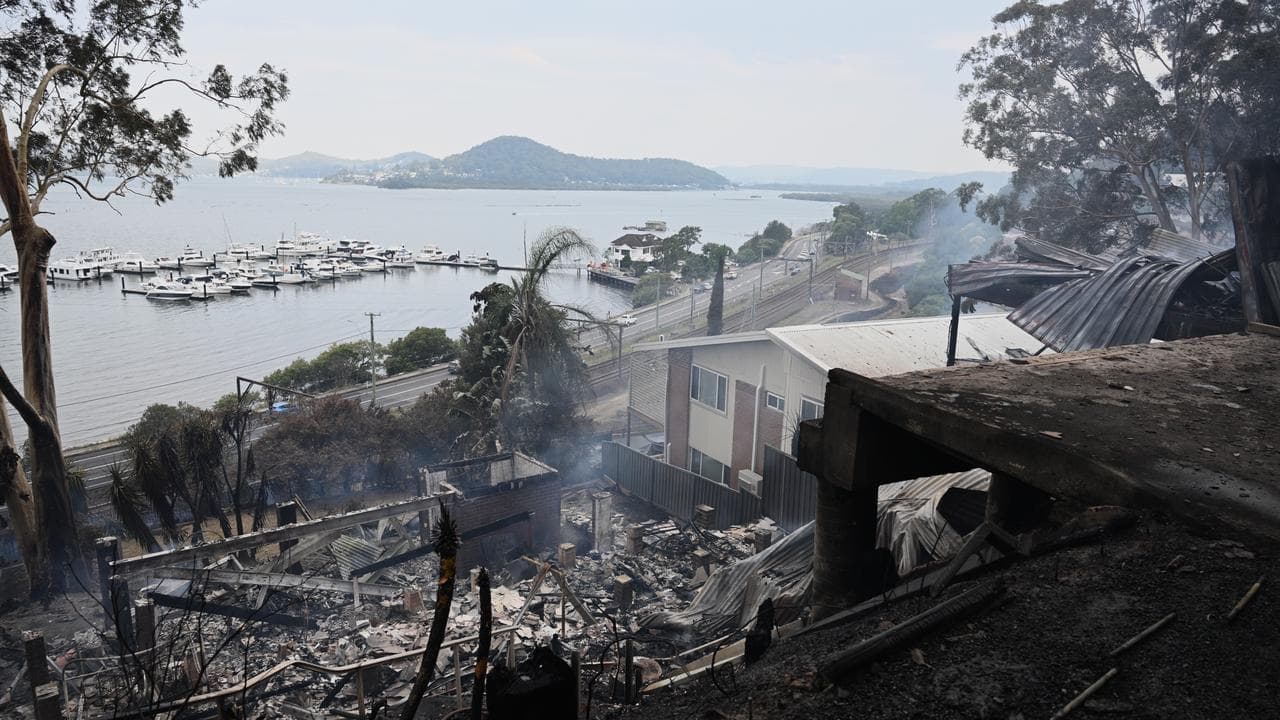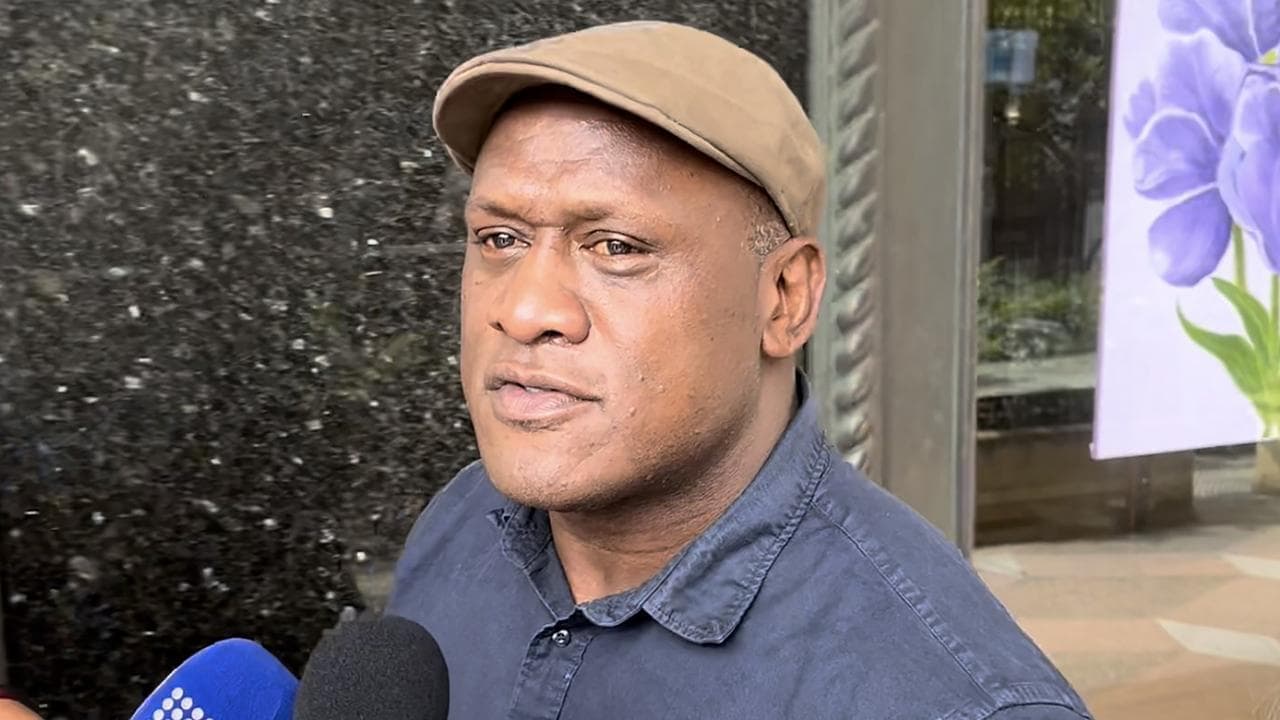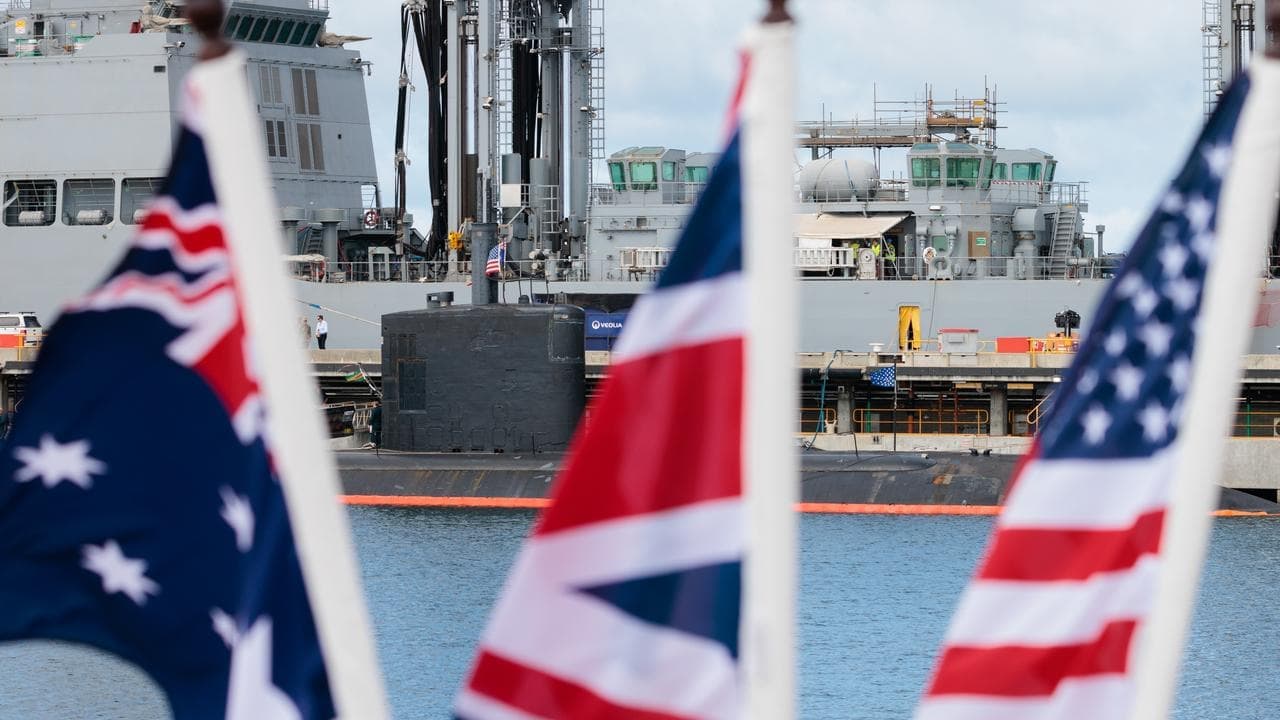WHAT WAS CLAIMED
A New Zealand court ruling in 1987 granted the Waitangi Tribunal binding powers over the government.
OUR VERDICT
Mostly false. The court did not make any ruling on the Waitangi Tribunal’s powers.
A claim about a 1987 court ruling granting New Zealand's Waitangi Tribunal binding political power has been shared along with a warning Australia's proposed Indigenous voice to parliament could follow the same path.
This is mostly false. The NZ Court of Appeal didn't make any ruling about the tribunal's powers in 1987. The NZ government later granted the tribunal limited powers over the purchase and sale of certain former and current Crown lands. Other than those specific powers, none of the tribunal's recommendations have ever been legally binding on the government.
This Facebook post (screenshot here) on June 14, 2023, links to this Youtube video of a forum on the Indigenous voice to parliament, hosted by conservative think tank the Institute of Public Affairs (IPA), in Melbourne.
The IPA posted the video on July 10, 2023, in which the presenter poses the question: "Will the voice be binding" before comparing the proposed Australian body to the NZ tribunal. (video mark 6m0s)

"In 1975, the Waitangi Tribunal was set up to investigate Maori grievances about the Treaty of Waitangi and make recommendations to government. Sound familiar?" the man says (video mark 6m41s).
"In 1987, in a decision by New Zealand's highest court, it was held that the Treaty of Waitangi was binding on the government, and the court laid out various principles called 'treaty principles'.
"One of those principles was the right of redress. If Maoris have a legitimate grievance, the government must redress that grievance. But who decides if Maoris have a legitimate grievance?
"The court held that the Waitangi Tribunal had that power and that its decision should be considered binding on the government. Let that sink in. In 12 years, the Waitangi Tribunal went from an advisory body to being binding. How long before our voice follows the same path?"
The court case in question is the New Zealand Māori Council v Attorney-General, also known as the Lands Case.
The IPA has referred to it in two research reports (see here and here), both of which contained a false claim previously debunked by AAP FactCheck.

When asked to clarify the new claim that the 1987 ruling granted the Waitangi Tribunal binding powers over the government, the IPA referred to its aforementioned reports.
However, experts told AAP FactCheck the Court of Appeal did not make any ruling about the powers of the Waitangi Tribunal in 1987, or subsequently.
Dr Carwyn Jones, a senior lecturer on constitutional law and the Treaty of Waitangi at Victoria University of Wellington, said the Lands Case was not about the tribunal's powers.
"The Court of Appeal in this case did not make any determinations about the Waitangi Tribunal's powers,' he told AAP FactCheck.
Professor Richard Boast, a legal history and Maori land law expert at the Victoria University of Wellington, agreed the court didn't grant the tribunal any binding powers.
"The 1987 Lands Case did not decide that the Waitangi Tribunal's decisions were binding on the government," he told AAP FactCheck.
"The Tribunal is a purely recommendatory body and at no time has its status been changed and modified by the Courts."

The experts explained that the 183-year-old treaty is not legally binding on the NZ government.
It is only considered to the extent that it is written into statutes passed by the NZ government, which is what the 1987 Lands Case was about, they said.
In 1986, the government introduced the State-Owned Enterprises Bill to transform existing departments or corporations into state-owned enterprises (SOEs) to be run for profit. The proposed law included transferring some large Crown land holdings to the SOEs.
While the bill was before parliament, the Waitangi Tribunal raised concerns that land transfers would limit the government's ability to return the land to Maori claimants if it agreed to act on the tribunal's advice to do so.
Dr Jones explained the government then added a provision to the bill that said: "Nothing in this Act shall permit the Crown to act in a manner that is inconsistent with the principles of the Treaty of Waitangi."
The New Zealand Māori Council then brought a case seeking the court to rule that SOE asset transfers without a system to consider their consistency with the 'treaty principles' as referred to in the State-Owned Enterprises Act would be unlawful.
Prof Boast said because that piece of legislation didn't define those principles, the court interpreted that in relation to the SOE Act, they included a duty to act in good faith, active Crown protection of Maori interests, and a duty to remedy past grievances.

He said the Court of Appeal ruled in favour of the Maori Council, finding that asset transfers to SOEs without a mechanism to consider if they were consistent with the 'treaty principles' referred to in the SOE Act would be unlawful.
"The case actually held that the government's failure to establish a 'system' to monitor whether any particular transfer amounted to a breach of the SOE Act itself," Prof Boast told AAP FactCheck.
This IPA report quotes Susan Glazebrook's 2010 article, 'What Makes a Leading Case? The Narrow Lens of the Law or a Wider Perspective?, which says the case: "has been viewed by New Zealand historians as one of the crucial measures that helped facilitate Maori development and identity through propelling extensive social and political change in New Zealand." (Page 343)
However, in the same 2010 article, Judge Glazebrook wrote the court's decision was about interpreting the term 'treaty principles' in the SOE Act alone.
"The Maori Council case can be regarded as having required the orthodox application of well settled principles relating to the exercise of statutory powers and conventional statutory interpretation, (given the explicit statutory reference to the principles of the Treaty of Waitangi in the relevant legislation)," Justice Glazebrook wrote (Page 344).
After the 1987 court decision, the government passed a law allowing the tribunal to make binding recommendations for memorialised land - land previously owned by SOEs - to be returned to Maori if that was required to redress a "well-founded claim".

The parliament enacted a second law in 1989 preventing the sale of Crown forest lands subject to forestry licences without permission from the tribunal.
Those two laws - Treaty of Waitangi (State Enterprises) Act 1988 and The Crown Forest Assets Act 1989 - gave the tribunal power to regulate the acquisition and sale of former SOE lands and certain Crown forestry lands that may be subject to its advice.
Dr Jones said those two binding powers were not bestowed by the court ruling in 1987 and have a "very indirect" link to the Lands Case.
"The Court's decision did not require any change to the Tribunal's jurisdiction, only that the government put in place some mechanism to ensure that the government (did) not make significant amounts of land unavailable for use in the settlement of well-founded claims simply by divesting itself of that land," he told AAP FactCheck.
"The government did not need to amend the Tribunal's jurisdiction. Other options were available to it, including, presumably, allowing the Tribunal to conclude its inquiries into specific land before the land was transferred to an SOE, or even not proceeding with the SOE policy at all."
Professor Boast said apart from those two specific powers involving SOE and Crown forest lands, none of the tribunal's recommendations are legally binding.

"The tribunal is a purely recommendatory body and at no time has its status been changed and modified by the courts," he told AAP FactCheck.
The second IPA report also quotes Professor Emeritus Andrew Sharp's 1990 book Justice and the Maori : Maori claims in New Zealand political argument in the 1980s, saying the Lands Case gave the tribunal the status of "the second most important institution in the country, ranking only behind parliament itself." (Page 4)
While the NZ tribunal hears claims about alleged treaty breaches and makes recommendations, the proposed Australian voice would make representations to the government and parliament about policies relating to Aboriginal and Torres Strait Islander peoples.
Professor Sharp, a political studies expert at Auckland University, told AAP FactCheck that the two bodies had "differences in institutional design" and were not sensibly comparable.
The Verdict
The claim that a New Zealand court ruling in 1987 granted the Waitangi Tribunal binding powers over the government is mostly false.
Experts told AAP FactCheck that the Court of Appeal did not make a determination about the Waitangi Tribunal's powers.
The NZ government later gave the tribunal the power to regulate it buying and selling of two specific types of government land, but it has no other legally binding or veto powers over the government, parliament or legislation.
Experts also said that the tribunal and the proposed voice to parliament were not sensibly comparable.
Mostly False – The claim is mostly inaccurate but includes minor elements of truth.
AAP FactCheck is an accredited member of the International Fact-Checking Network. To keep up with our latest fact checks, follow us on Facebook, Twitter and Instagram.












